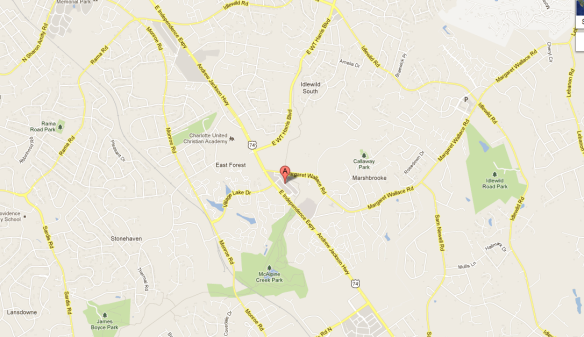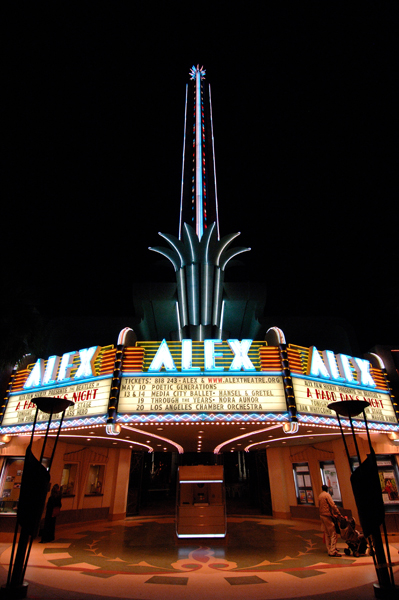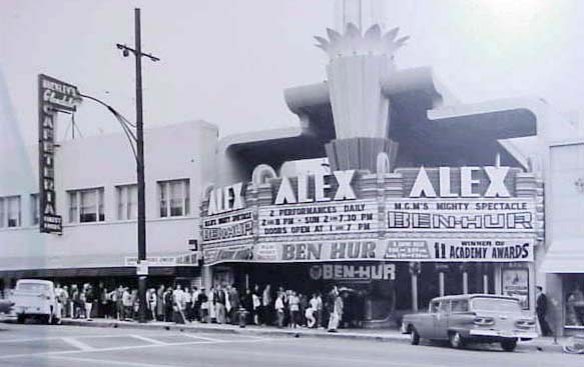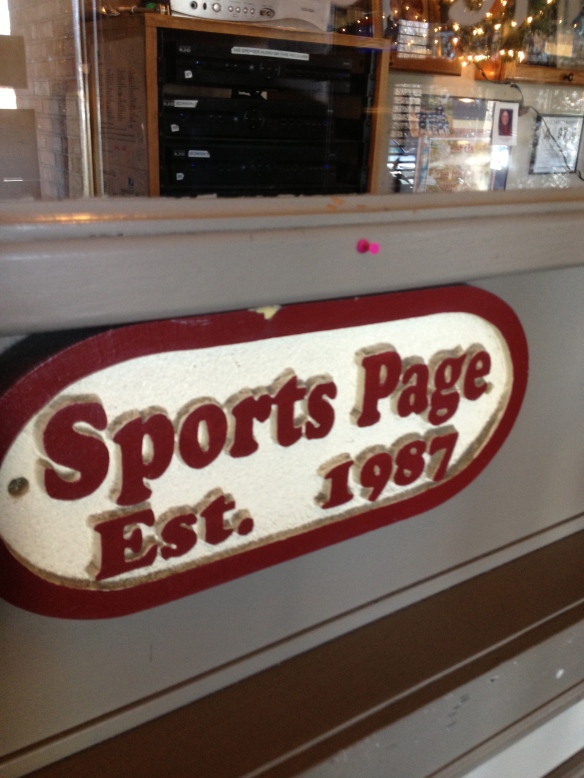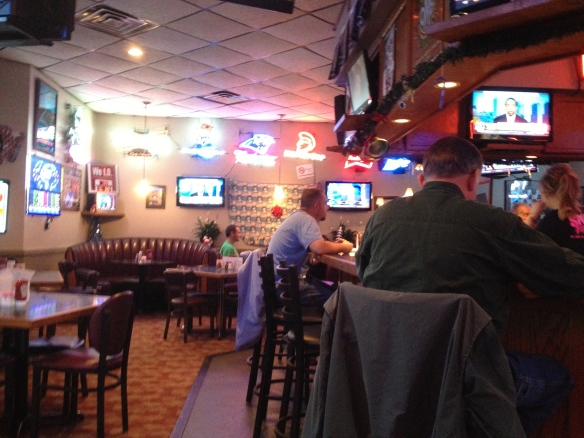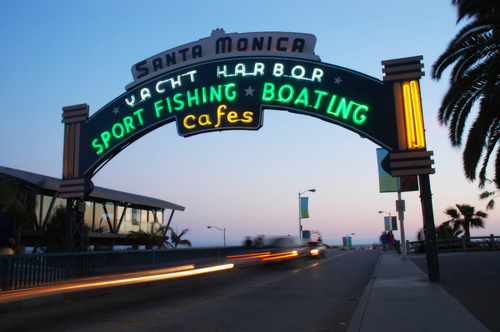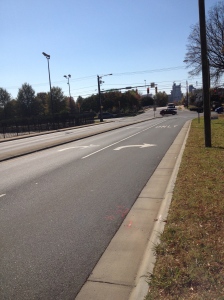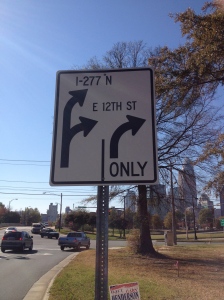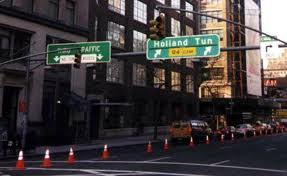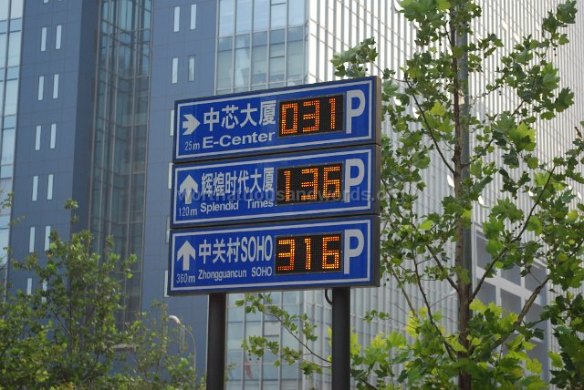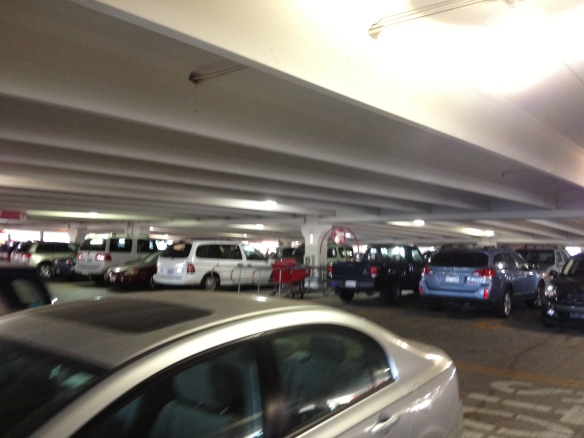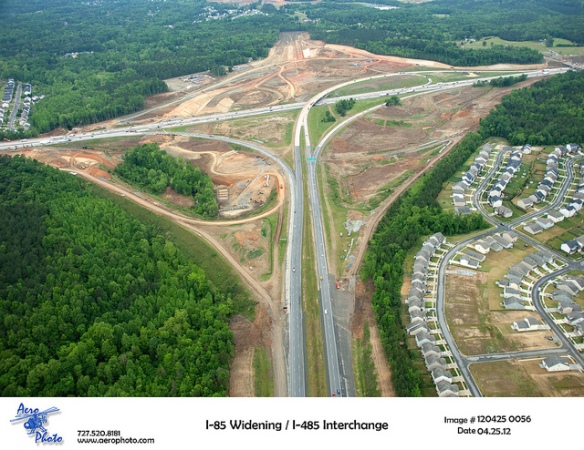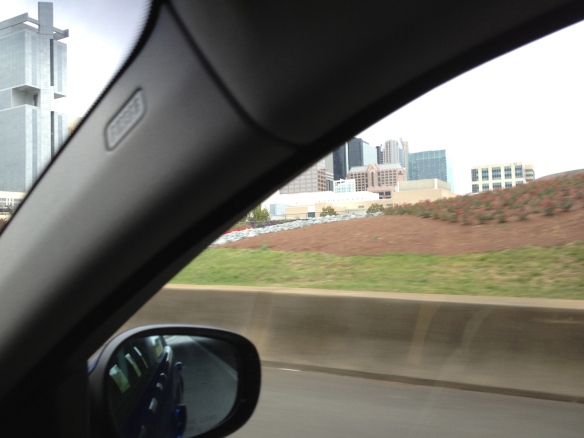The other day I had to stop and pick up some milk on my way home from work. I was in an unfamiliar part of Charlotte but I knew there was a grocery store on Independence Boulevard called The Super “G” Mart. I stopped into this store on November 28th, 2012 and was amazed at what I saw and experienced.
The Super “G” Mart is an international grocery store off Independence Boulevard in East Charlotte. This grocery store serves the Latin American and Asian population of Charlotte. This store also serves as a third place for many members of these communities.
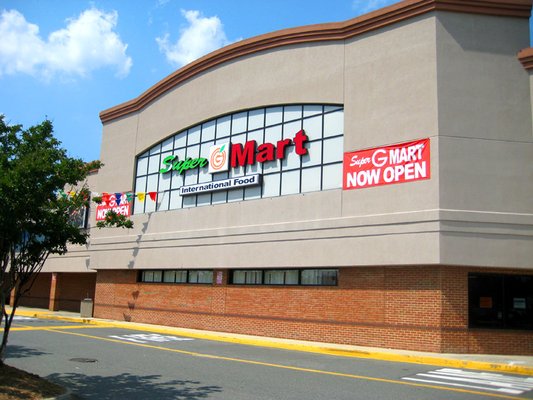
The Super “G” Mart is an International grocery store that serves the Latin American and Asian population of Charlotte
This grocery store is distinctively set up in two separate arenas, when entering the store the left side of the store is Latin American imported goods, including spices and prepared meals. The right side of the grocery store is stocked with Asian foods, including noodles, fish, and dumplings. The Super “G” Mart is stocked with items one would not find at a traditional grocery store like Harris Teeter or Food Lion.
What struck me most about this space is that the Super “G” Mart is being used as a great third place according to Oldenburg. The grocery store individually leases spaces on the perimeter of the store which are being used by businesses to sell services and transform the space into a village.
These shoppes range from a manicure / pedicure boutiques where I noticed women conversing in a native language, a post office, restaurant, and stores which sell imported items from Latin America and Asia. The one I found most interesting was a space where a couple was selling Japanese electronics and appliances including the high tech toilets that members of the Japanese society covet.
When walking the isles and observing these spaces in The Super “G” Mart I noticed that people were talking to one another as is they are friends. The characteristics of the third place provide an escape from the home and work spaces, and this space identifies a place in which a different culture uses a space to escape (Oldenburg, 21).
The Super “G” Mart as a third place is being used as a leveler. Economically, I noticed many different status groups convening in this space, and they talked to one another as equals. As I walked the aisles checking out the goods and observing the people in the space I was approached on multiple occasions. Many times it was a store clerk asking if I needed help, but on several occasions I was approached by patrons of the store just to say a simple “hello” inviting me to talk to them. I believe they recognized me as someone not familiar with the space of The Super “G” Mart, and are trying to help me assimilate with the culture of this space.
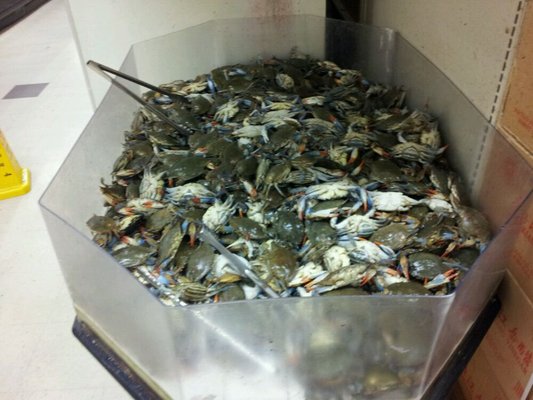
This “help yourself” bucket of live blue crabs in the “Asian” section of The Super “G” Mart is an example of something you wouldn’t come across in a traditional grocery store.
In Oldenburg’s “The Great Good Place” he identifies that conversation is the main activity of a third place, and clearly, patrons of The Super “G” Mart tried to engage in conversation with me (Oldenburg, 26-27).
The Super “G” Mart is a delightful place to see another side of Charlotte and the cities culture. This space is available for grocery shopping, it is also a place available “to escape the pressures and frustrations of the day…amid good company” (Oldenburg, 32) which is a powerful resource for any community.

